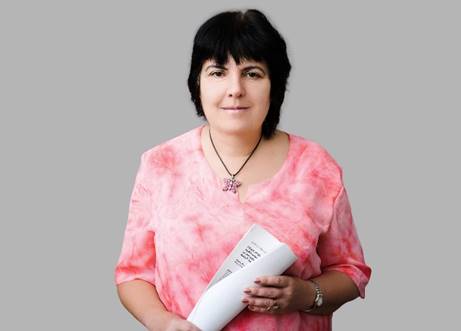
Klinicky užívané cévní protézy vyrobené z expandovaného polytetrafluoroethylénu (ePTFE) a z polyethylén tereftalátu (PET). Materiál protéz je vysoce hydrofobní a neumožňuje rekonstrukci přirozených buněčných vrstev cévní stěny.
What is a tissue replacement?
Irreversible damage to various vitally important tissues and organs, such as blood vessels, heart valves, bones, joints, cartilage or skin, is a serious and frequent consequence of the lifestyle of the contemporary civilized society. It is associated with various metabolic disorders and also with traffic, sport and industrial accidents. Hereditary disorders, wear and aging of the organism also play an adverse role.
When prevention, conservative treatment and surgical interventions fail, it is necessary to replace the damaged tissue. Autologous tissue, i.e. the patient's own tissue, is still considered to be the “gold standard” for tissue substitution. However, autologous tissue is usually available only in limited quantities, and acquiring the tissue burdens the patient with additional surgery and donor site morbidity. For this reason, increasing attention is being paid to artificial materials that serve as scaffolds for reconstructing the damaged tissue.
The main tasks of our laboratory are:
- to improve currently-used synthetic tissue replacements by introducing cell and other biological components
- to construct completely new replacements on the basis of synthetic materials and cells
- to achieve these two goals, we carry out studies on the molecular mechanisms of cell behavior on synthetic materials, such as the adhesion, growth, differentiation and viability of cells on artificial materials, together with studies on potential damage and immune activation.
Projects
Achievements
Tkáňově inženýrské konstrukty bývají obvykle osazovány diferencovanými buňkami, což však přináší určité nevýhody.
More
Construction of the bilayer structure of human keratinocytes (the main cell type of the epidermis) and fibroblasts (the main cell type of the dermis) to nanofiber membranes of polylactide.
More
Publications
Zárubová; Jana - Hasani-Sadrabadi; M. M. - Ardehali; R. - Li; S.
Immunoengineering strategies to enhance vascularization and tissue regeneration
.
Advanced Drug Delivery Reviews. 2022; 184(May)); 114233
.
IF = 17.873
[ASEP]
[
doi
]
Novotný; T. - Eckhardt; Adam - Doubková; Martina - Knitlová; Jarmila - Vondrášek; David - Vanaskova; E. - Ošťádal; M. - Uhlík; J. - Bačáková; Lucie - Musílková; Jana
.
The possible role of hypoxia in the affected tissue of relapsed clubfoot
.
Scientific Reports. 2022; 12(1)); 4462
.
IF = 4.996
[ASEP]
[
doi
]
Neubertová; V. - Kasálková-Slepičková; N. - Vokatá; B. - Bačáková; Lucie - Švorčík; V. - Kolská; Z.
Influence of UV irradiation and subsequent chemical grafting on the surface properties of cellulose
.
Cellulose. 2022; 29(3); 1405-1418
.
IF = 6.123
[ASEP]
[
doi
]
Němčáková; Ivana - Litvinec; Andrej - Mandys; V. - Potocký; Štěpán - Plencner; Martin - Doubková; Martina - Naňka; O. - Olejníčková; Veronika - Šaňková; Barbora - Bartoš; M. - Ukraintsev; E. - Babčenko; O. - Bačáková; Lucie - Kromka; Alexander - Rezek; B. - Sedmera; David
.
Coating Ti6Al4V implants with nanocrystalline diamond functionalized with BMP-7 promotes extracellular matrix mineralization in vitro and faster osseointegration in vivo
.
Scientific Reports. 2022; 12(1)); 5264
.
IF = 4.996
[ASEP]
[
doi
]
Chlupáč; Jaroslav - Matějka; R. - Koňařík; M. - Novotný; R. - Šimůnková; Z. - Mrázová; I. - Fabian; O. - Zapletal; M. - Pulda; Z. - Lipenský; J. F. - Štěpanovská; J. - Hanzálek; K. - Brož; Antonín - Novák; T. - Lodererová; A. - Voska; L. - Adla; T. - Froněk; J. - Rozkot; M. - Forostyak; S. - Kneppo; P. - Bačáková; Lucie - Pirk; J.
Vascular Remodeling of Clinically Used Patches and Decellularized Pericardial Matrices Recellularized with Autologous or Allogeneic Cells in a Porcine Carotid Artery Model
.
International Journal of Molecular Sciences. 2022; 23(6)); 3310
.
IF = 6.208
[ASEP]
[
doi
]
Show more




















